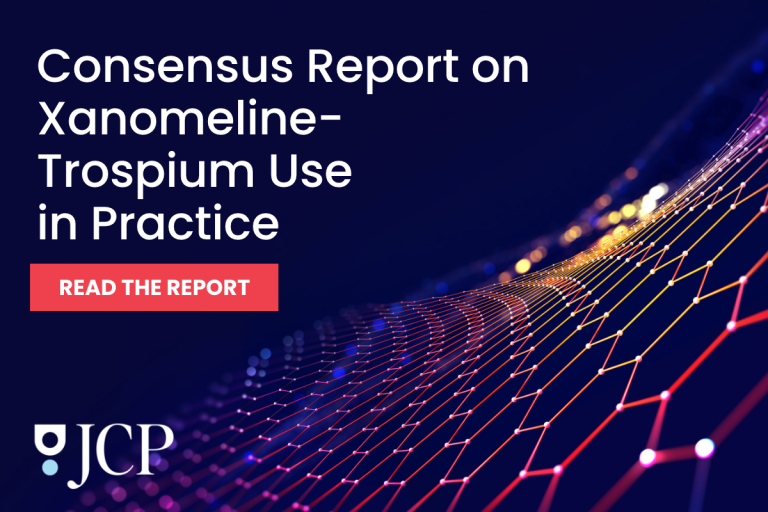For years, we’ve all treated cognitive disability as an older adult’s concern — mentioned in the same hushed tones as dementia, stroke, or other age-related conditions. But a new U.S. study suggests that the narrative is shifting. And quickly.
Today’s younger adults are increasingly reporting problems concentrating, making decisions, and even remembering the simplest things. The growing complaints appear to be driving an unsettling surge in self-reported cognitive disability nationwide.
Published in Neurology, the analysis incorporated more than 4.5 million survey responses gathered between 2013 and 2023 through the CDC’s Behavioral Risk Factor Surveillance System (BRFSS).
What the study’s authors found expose a steady rise in self-reported cognitive disability, from 5.3% of adults in 2013 to 7.4% in 2023. That uptick represents nothing less than millions of Americans wrestling with cognitive challenges every day.
“This isn’t a diagnosis of dementia or even of cognitive impairment,” Yale School of Medicine associate professor of neurology and author Adam de Havenon explained. “It’s a subjective report of people saying they’re having serious difficulty concentrating, remembering, or making decisions. With dementia, there’s a structural brain disease and a specific pathology that’s injuring the brain and leading to cognitive impairment.”
Generational, Demographic Shifts
The study’s most striking result lies in its age breakdown. Adults aged 18 to 39 nearly doubled their rate of reported cognitive disability, jumping from 5.1% in 2013 to 9.7% in 2023.
On the other hand, prevalence among those 70 and older slightly declined, from 7.3% to 6.6% over the same period.
The research team omitted participants who reported depression in a bid to better isolate non-psychiatric factors. But they add that stressors like job insecurity, economic pressures, and our suffocating digital dependence could be mitigating factors. At the same time, they caution that changing cultural attitudes — including less stigma and growing openness from those struggling could also add to the rising numbers.
The rise in cognitive disability hasn’t been consistent across the board.
- American Indian and Alaska Native adults reported the highest prevalence, climbing from 7.5% to 11.2% over the study period.
- Black and Hispanic adults also reported above-average rates, with Hispanic prevalence approaching 10% by 2023.
- Asian adults maintained the lowest (and most stable) levels, hovering under 5%.
Education and income gaps also factored in. Adults with household incomes less than $35,000 reported nearly four times the prevalence of those earning more than $75,000. Education showed a similar disparity. People without a high school diploma reached 14.3% prevalence in 2023, compared with just 3.6% among college graduates.
“These patterns underscore the powerful role of social determinants in shaping cognitive health,” the study concludes. Poverty, limited educational opportunity, and structural barriers to health care access appear to be compounding risk in vulnerable groups.
Finally, regional differences also appear to be a factor. The South and Midwest reported higher prevalence than the Northeast and West, mirroring longstanding geographic health disparities. U.S. territories, including Puerto Rico and Guam, fared the worst of anyone, with rates above 9%.
Chronic Conditions Make Things Worse
Underlying health problems also revealed a strong tie to cognitive disability. Adults with a history of stroke reported rates exceeding 18% in 2023. Hypertension, diabetes, and high cholesterol all correlated with elevated prevalence, hinting at an interplay between vascular and metabolic conditions and cognitive function.
The study notes these relationships probably go both ways. Chronic diseases might threaten cognition, while cognitive impairment itself can make disease management more challenging, sparking a punishing feedback loop.
But Why Younger Adults? And Why Now?
The near doubling of prevalence among younger adults prompted the study’s most urgent questions. Some explanations might lie in broader cultural and economic shifts. Heightened awareness of cognitive health could be leading more young people to self-identify.
But the data also coincide with a decade marked by escalating financial stress, a tumultuous job market, and an “always on” digital environment that some believe might strain our attention spans and memory capacity.
Increases rose especially steeply among younger White adults, whose prevalence more than doubled from 4.4% to 9.6% between 2013 and 2023. Younger Black and Hispanic adults also saw significant jumps, though much smaller in scale.
Implications
While the BRFSS relies on self-reported data, the researchers argue the findings remain vital. They capture the lived experience of a growing number of Americans struggling to remember, focus, or make decisions in ways that touch every aspect of their lives.
The growing burden could strain workplaces and health systems in ways the country has yet to fully anticipate. Employers face potential productivity losses, while health care providers could see surging demand for cognitive screening, mental health support, and chronic disease management.
The researchers conclude with a plea to policymakers to redouble their prevention and equity efforts. That means addressing underlying disparities while integrating cognitive health into broader chronic disease prevention efforts. Programs that integrate community-based disease management with culturally tailored interventions, such as the CDC’s Healthy Brain Initiative for tribal communities, have proven to be encouraging examples.
Further Reading
US Dementia Cases Will Double By 2060
Structured Lifestyle Changes Boost Brain Health
The Characteristics and Burden of Cognitive Impairments in Schizophrenia in the US



